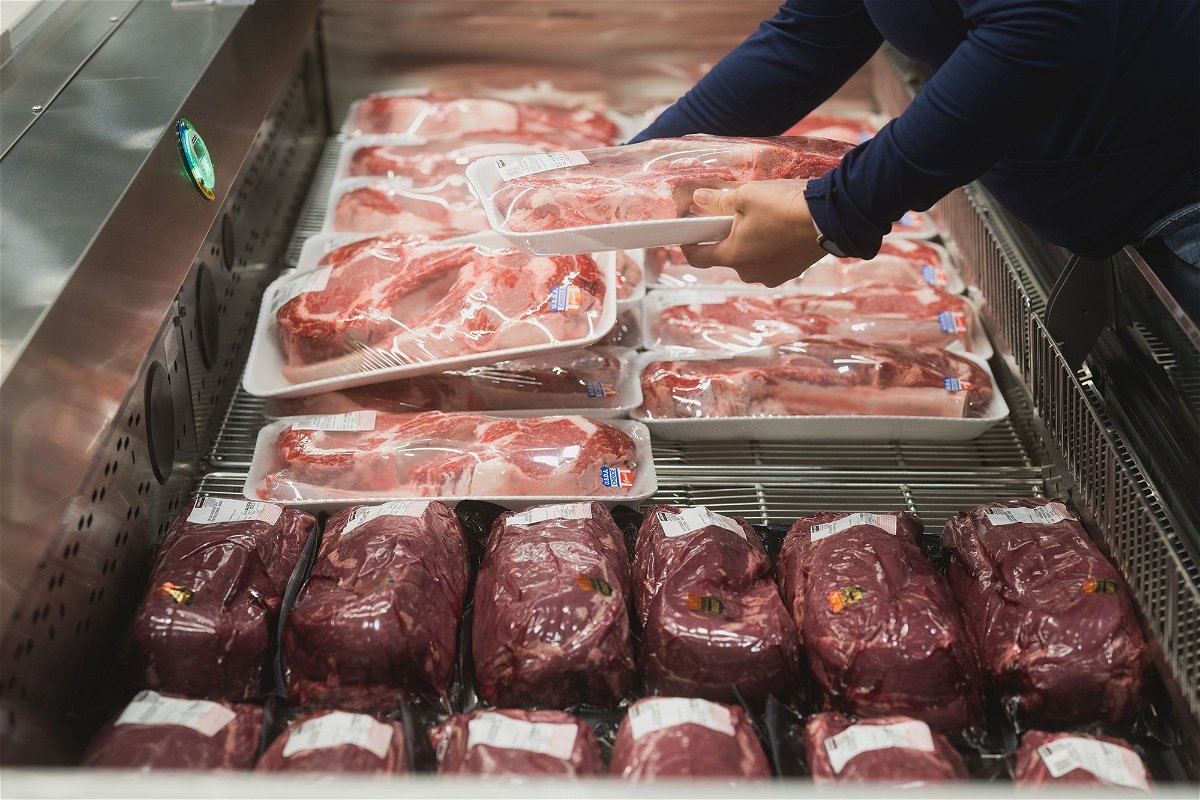Food price hikes are no longer outpacing overall inflation

By Alicia Wallace, CNN
New York (CNN) — For the first time since early last year, food prices aren’t rising faster than overall inflation — although dining out remains a pricey endeavor.
The latest Consumer Price Index released Tuesday showed that food prices increased 2.9% for the year ended in November, coming in below the headline inflation rate of 3.1%, according to Bureau of Labor Statistics data.
It’s the first time since January 2022 that the food index did not outpace the overall CPI.
You can thank grocery prices for that: They went up 0.1% from October to bring their annual inflation rate to a mere 1.7%, the lowest since June 2021.
“The acute pressure that was on the food supply chains has retreated,” said Phil Powell, executive director of the Indiana Business Research Center and clinical associate professor of business economics and public policy at Indiana University.
Food away from home, however, is rising at more than three times that pace. In November, that index accelerated 0.4% from October and 5.3% from the year before.
Restaurant prices remain elevated because of the higher wages food service businesses have had to pay to retain workers, Powell said.
“That’s driven by labor costs and an unemployment rate that is still impressively below 4%,” he said.
How grocery prices have changed since last year
Inflation pressures may be easing elsewhere in the store, but one freezer case is full of items sending a particularly chilly price shock.
Frozen non-carbonated juices and drinks are up 18.6% from last year. The tubes of frosty OJ have shot up in price because of bad weather (hurricanes, in particular) and a devastating citrus disease.
Over in the butcher case, it’s not looking much better: Beef and veal prices are up 8.7% annually, driven by uncooked beef roasts and uncooked beef steaks, which have seen prices rise 12.5% and 9.1% for the 12 months ended in November. Ground beef is up 7.2% annually.
Recent bouts of extreme drought in the United States have resulted in a reduction of cattle herds, constricting beef supply.
Other categories where inflation remains high include baby food and formula (up 7.6%); sugar and sugar substitutes (up 6.8%); and crackers (up 6.5%).
Shoppers are finally catching a break on other items: Eggs, which saw prices spike 70.1% earlier this year, are now down 22.3% as supplies ramped up after a deadly avian flu.
Waldorf Salad lovers can also rejoice: For the 12 months ended in November, lettuce prices are down 10.2%, apples are 5.8% cheaper, and fresh fruits and vegetables are down 0.2%. (The BLS puts nuts into the broader “snacks” category, which is up 2% annually.)
How prices changed last month
Potatoes saw the largest monthly increase among the food categories tracked in the CPI, rising 4.6% from October, according to data adjusted for seasonality. They were followed closely by butter, which rose 4.3%.
Citrus fruit prices (see above) accelerated for the third consecutive month, rising 3.2% from October.
Some items did get easier on the wallet: Lettuce dropped 2.9%, frozen vegetables were down 2.6%, pork chops fell 2.4% and dried beans were 2.3% lower.
The-CNN-Wire
™ & © 2023 Cable News Network, Inc., a Warner Bros. Discovery Company. All rights reserved.
